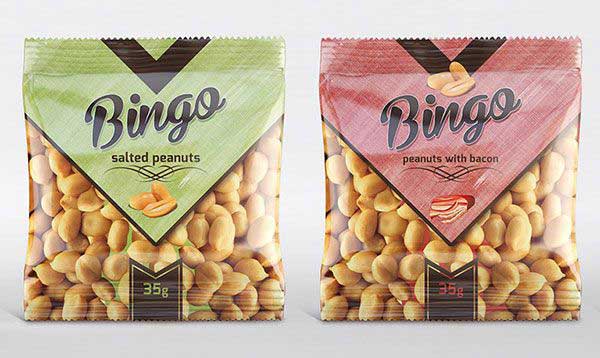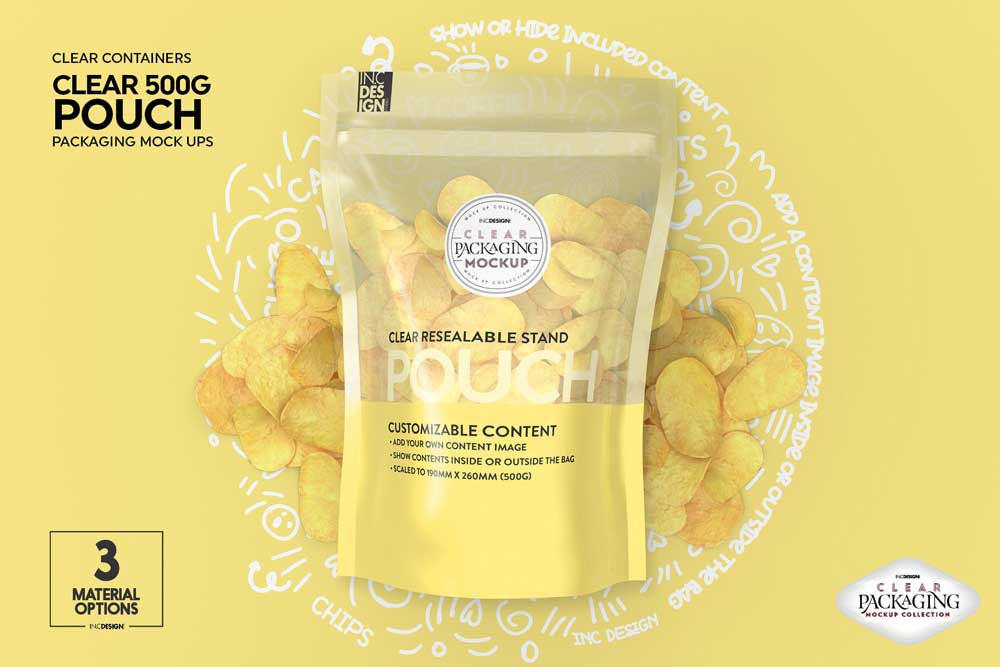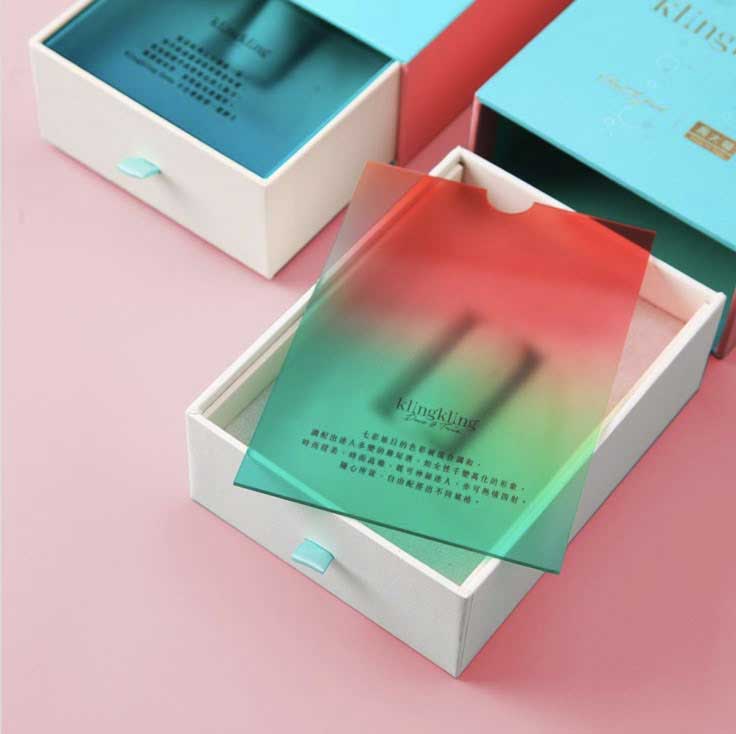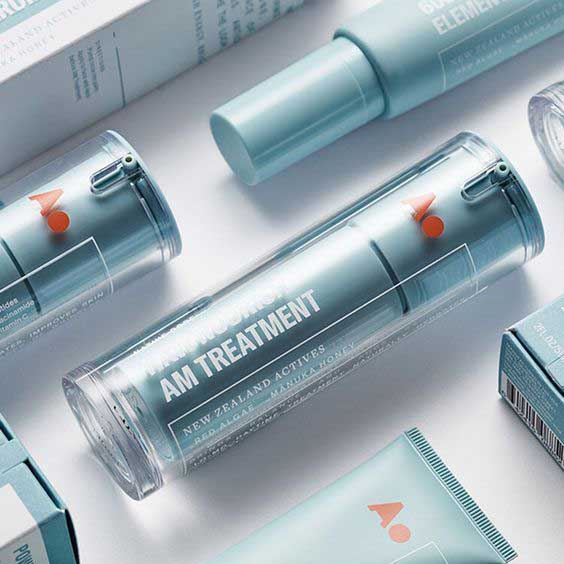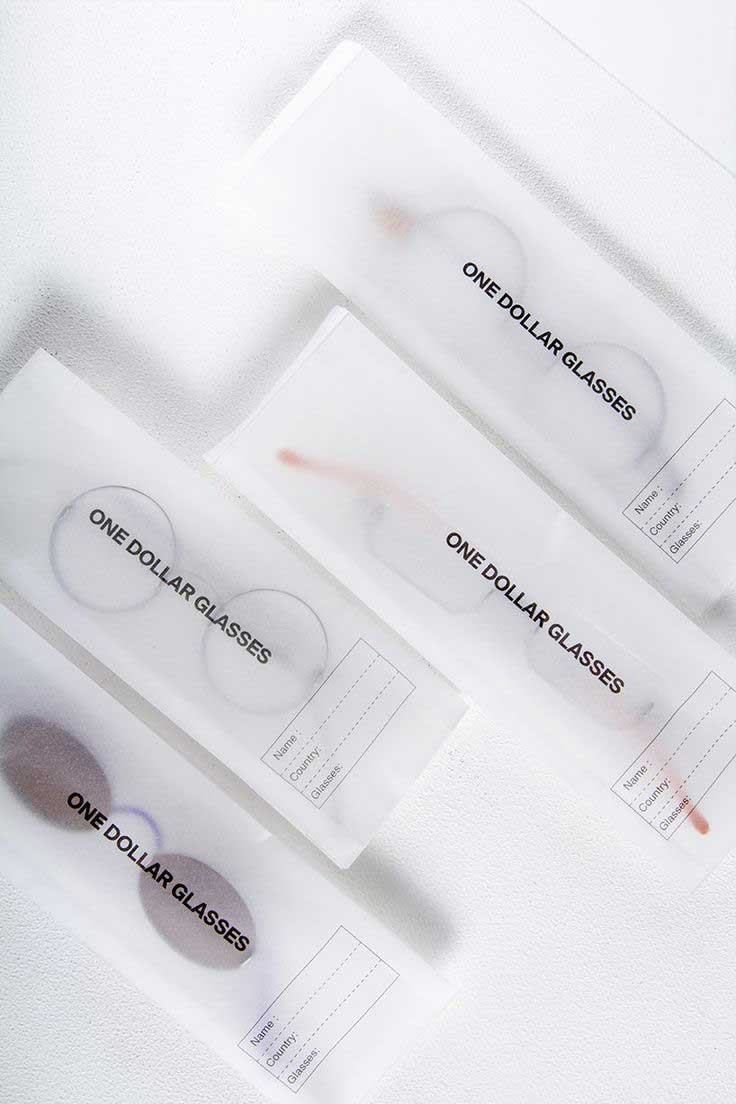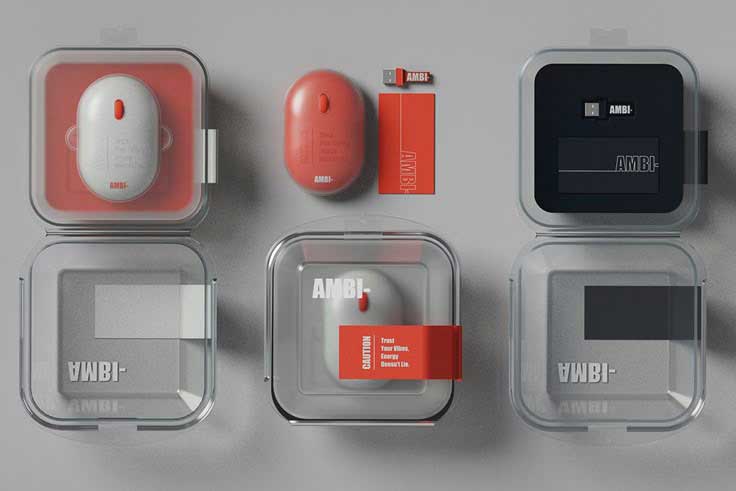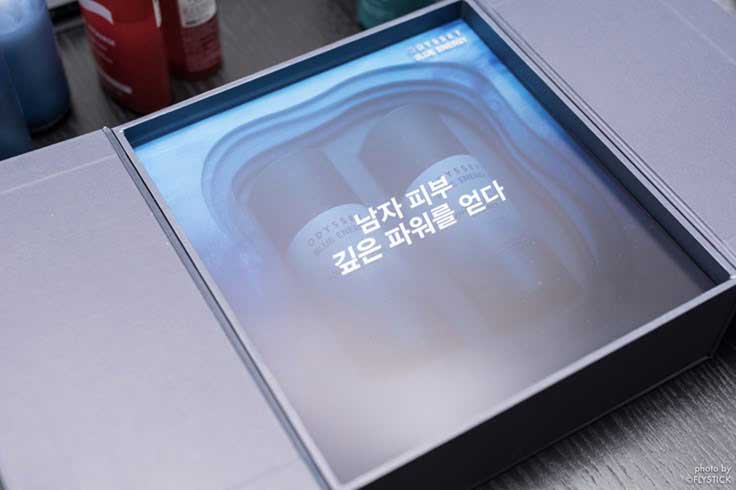Minimalist & Transparent Packaging: The Power of Simplicity and Transparency in Design
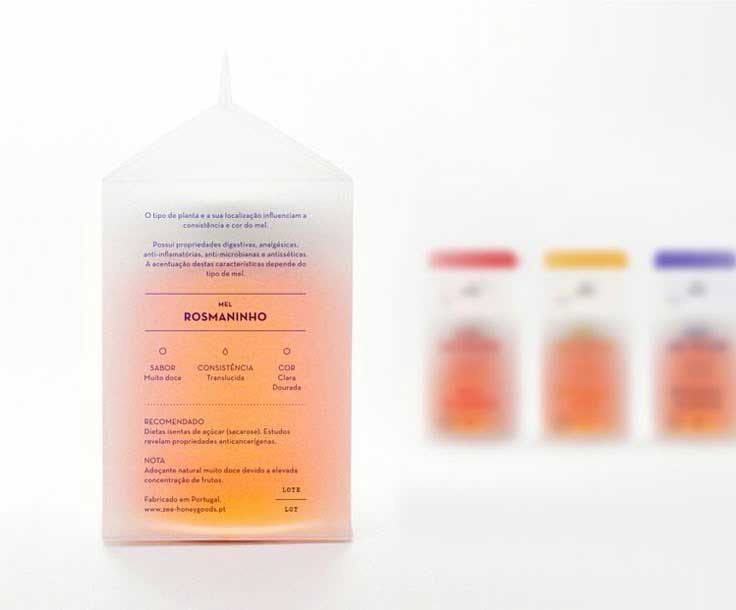
In the world of packaging design, the trend toward minimalist and transparent packaging is rapidly gaining momentum. As consumers become more discerning and the demand for eco-friendly and aesthetically pleasing products increases, brands are opting for packaging designs that are simple, clear, and direct. Minimalist and transparent packaging focuses on stripping away excess while allowing the product to speak for itself, creating an authentic, clean, and engaging consumer experience.
This design approach not only appeals to today’s conscious consumers but also helps brands build trust, showcase the product inside, and stand out in a crowded marketplace. In this blog post, we’ll dive into the rise of minimalist and transparent packaging, exploring how it’s reshaping the way products are presented and why it’s more than just a design trend.
What is Minimalist & Transparent Packaging?
- Minimalist Packaging: Minimalist packaging focuses on stripping down the design to its most essential elements, eliminating clutter, excess details, and unnecessary materials. This approach emphasizes clean lines, limited color palettes, and functional design that highlights the product without distractions. The goal is to create a design that feels modern, refined, and effortless.
- Transparent Packaging: Transparent packaging involves using clear materials—such as glass, plastic, or other transparent materials—to showcase the product inside. This design allows consumers to see the actual product, creating a sense of honesty and transparency. It often complements minimalist designs by emphasizing simplicity and making the product the focal point of the packaging.
When combined, minimalist and transparent packaging creates a harmonious, uncluttered look that emphasizes the product’s authenticity and quality, providing consumers with a clear and visually appealing experience.
Why Minimalist & Transparent Packaging is Gaining Popularity
Several factors are driving the increasing popularity of minimalist and transparent packaging:
- Consumer Desire for Authenticity: Consumers are increasingly looking for brands that are transparent and authentic. Transparent packaging provides a clear view of the product, reducing skepticism and building trust. In a world full of marketing hype, showing the product in its true form appeals to the consumer’s desire for honesty.
- Eco-Consciousness: As environmental concerns grow, minimalist packaging is gaining traction because it often uses fewer materials and is more sustainable. Transparent packaging also often involves fewer unnecessary labels, reducing waste and simplifying the overall packaging process.
- Aesthetic Appeal: Minimalist and transparent packaging is visually striking. The clean, simple design speaks to contemporary tastes, making products stand out on store shelves. Consumers are drawn to the sleek, modern aesthetic that such packaging offers, which often enhances the perceived quality of the product inside.
- Increased Focus on Product Quality: Minimalist and transparent packaging design allows the product to speak for itself. With a simple design, the quality and craftsmanship of the product become the central focus. Consumers are often more willing to trust products that are displayed clearly and simply.
- Digital Age Influence: The rise of digital media and social platforms, where visual impact plays a major role, has contributed to the popularity of minimalist and transparent packaging. Brands that adopt these design trends are often more photogenic and shareable, making them more likely to be promoted and discussed on social media.
Key Features of Minimalist & Transparent Packaging Design
Minimalist and transparent packaging is defined by several key features that combine to create a clean, modern, and functional aesthetic:
- Clear, Simple Materials: Transparent packaging often uses clear plastic, glass, or biodegradable films that showcase the product inside. The material itself becomes part of the design, reinforcing the idea of clarity and authenticity.
- Limited Color Palette: Minimalist packaging typically features a restrained color scheme. Often, the design uses muted or neutral colors, allowing the product and packaging to blend seamlessly into the overall design without overwhelming the consumer.
- Clean Typography: The fonts used in minimalist packaging are typically simple, sans-serif, and easy to read. The goal is to provide the necessary information without cluttering the design. Typography is often kept to a minimum, with a focus on essential details like product name, brand logo, and key features.
- Functional Shape: Minimalist packaging focuses on functionality while maintaining aesthetic appeal. Shapes are simple and practical, often cylindrical, rectangular, or square, designed to fit easily into consumer spaces and packaging lines.
- Minimal Graphics and Labeling: Labels and graphics are kept to a minimum, often with just the essential product information displayed. Graphics are typically subtle, using line work or simple illustrations to complement the product without dominating the design.
- Simplicity in Branding: The brand identity is typically understated in minimalist designs. Logos are often small and unobtrusive, allowing the product to take center stage. The focus is on delivering a message of simplicity, quality, and transparency.
Benefits of Minimalist & Transparent Packaging for Brands and Consumers
For both brands and consumers, minimalist and transparent packaging provides a host of benefits:
- For Brands:
- Enhanced Brand Image: Adopting minimalist and transparent packaging can position a brand as modern, stylish, and eco-conscious. This appeals to consumers who prioritize sustainability, simplicity, and authenticity.
- Better Product Presentation: Transparent packaging allows the product to take center stage, making it the focal point of the packaging. This can be particularly beneficial for high-quality or visually appealing products, like food, beauty products, or luxury items.
- Differentiation: In a crowded marketplace, minimalist and transparent packaging helps products stand out. The simplicity of the design attracts consumers who are drawn to clean and honest aesthetics, setting the product apart from competitors.
- Cost-Effectiveness: By using fewer materials, minimalist packaging can be more cost-effective. This approach often reduces production and material costs, as well as waste, aligning with sustainability goals.
- For Consumers:
- Clear Information: Transparent packaging provides consumers with a clear view of the product, helping them make more informed purchasing decisions. With fewer distractions and excess graphics, consumers can focus on the product itself and its quality.
- Trust and Transparency: Seeing the actual product inside the packaging builds trust between the brand and the consumer. Transparent packaging signals to consumers that there’s nothing to hide, making them feel more confident in their purchase.
- Convenience: Minimalist packaging often features streamlined designs that are easier to open and handle. Packaging that is easy to use and aesthetically appealing adds to the overall convenience and experience for the consumer.
Case Studies: Leading Examples of Minimalist & Transparent Packaging
Apple:
Apple is a prime example of minimalist and transparent packaging in action. The company’s packaging is known for its simplicity, with clean white boxes and minimal branding. The transparent nature of the packaging allows the user to view the product’s contents easily, showcasing the sleek design of their devices. The clear and functional design aligns perfectly with Apple’s brand image of sophistication and innovation.
Aesop:
Aesop, a high-end skincare brand, uses minimalist packaging with transparent bottles to emphasize the purity and quality of their products. The simple, clean design paired with the use of clear glass bottles conveys a sense of honesty and transparency, allowing the consumer to connect directly with the product.
Lush Cosmetics:
Lush has embraced minimalist and transparent packaging to highlight the natural ingredients and handmade qualities of its products. The brand often uses clear containers for its solid and liquid products, allowing customers to see the product inside. Lush’s simple labeling and eco-friendly materials align with its commitment to sustainability and transparency.
Bose:
Bose, known for its premium audio products, uses minimalist packaging to reflect the premium quality of its electronics. The packaging is simple, with subtle branding and transparent windows to showcase the product, allowing customers to experience the product visually before even opening the box.
Challenges in Implementing Minimalist & Transparent Packaging
While minimalist and transparent packaging offers many advantages, there are also some challenges to consider:
- Durability: Transparent packaging materials, such as glass or certain plastics, may not always provide the same level of protection as opaque materials. Ensuring that the packaging can withstand transportation and handling without compromising the product’s integrity is crucial.
- Cost of High-Quality Materials: High-quality transparent materials such as glass or durable plastic can be more expensive than traditional packaging materials. Companies need to balance cost with the benefits of transparency and design simplicity.
- Branding Limitations: While minimalist design focuses on simplicity, it can limit the amount of branding and messaging that can be included on the packaging. Brands must find creative ways to communicate their identity without overcrowding the packaging design.
- Sustainability of Materials: Some transparent packaging materials may not be as sustainable as others. Ensuring that the materials used are recyclable, biodegradable, or made from renewable resources is essential to maintaining the eco-friendly ethos of minimalist packaging.
How You Can Incorporate Minimalist & Transparent Packaging in Your Designs
As a designer or brand, here are some ways to incorporate minimalist and transparent packaging into your work:
- Focus on the Essentials: Limit the design to only the most necessary elements. Use simple typography, minimal color palettes, and clean lines to create an elegant and functional design.
- Use Transparent Materials: Choose transparent materials, such as glass, PET plastic, or clear biodegradable films, to showcase the product inside. Ensure that the material is durable, recyclable, and aligns with your sustainability goals.
- Reduce Waste: Keep the packaging compact and lightweight to reduce waste. Avoid excessive layers or unnecessary packaging materials, and opt for designs that are functional and minimal.
- Prioritize Sustainability: When choosing transparent packaging materials, ensure they are eco-friendly. Use recyclable or biodegradable materials to reinforce the sustainable aspect of your design.
- Consider User Experience: Keep in mind the ease of use for the consumer. Ensure that the packaging is easy to open, reseal (if necessary), and store.
Conclusion
Minimalist and transparent packaging is more than just a design trend—it’s a response to changing consumer demands for simplicity, sustainability, and authenticity. By focusing on clean, functional designs and using transparent materials, brands can build trust with consumers, enhance their product presentation, and stand out in an increasingly cluttered market.
As consumers become more conscious of their environmental impact, adopting minimalist and transparent packaging allows businesses to connect with their audience while reducing waste and embracing sustainability. This approach represents a future where packaging is not only aesthetically pleasing but also serves a greater purpose in promoting sustainability and authenticity.
References
Apple, 2023. Apple’s Packaging: A Reflection of Simple Elegance. Available at: www.apple.com [Accessed 2 March 2025].
Aesop, 2022. Aesop’s Transparent and Minimalist Packaging Approach. Available at: www.aesop.com [Accessed 2 March 2025].
Lush Cosmetics, 2023. Lush Packaging: Minimalism and Transparency for Natural Beauty. Available at: www.lush.com [Accessed 2 March 2025].
Bose, 2022. Bose’s Premium, Transparent Packaging. Available at: www.bose.com [Accessed 2 March 2025].
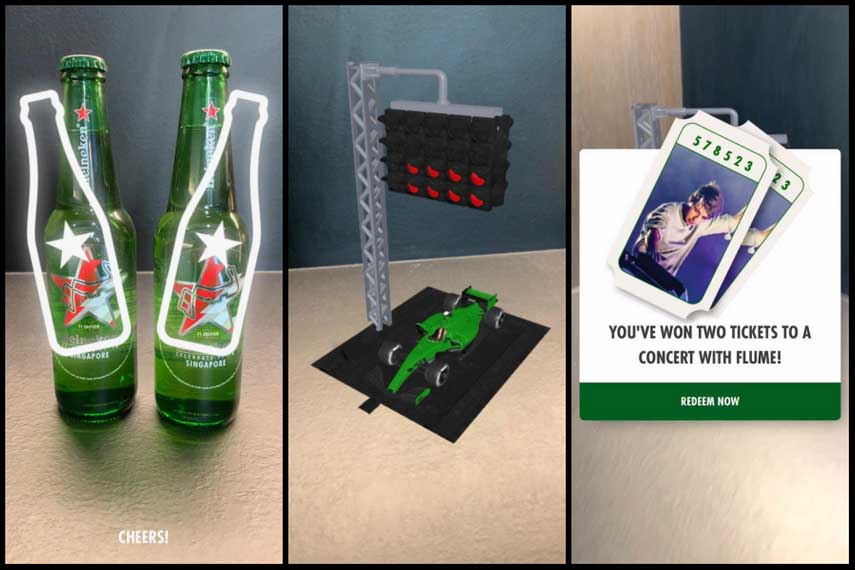
In an era of digital transformation, packaging is no longer just about protecting a product or displaying branding. It’s evolving…
